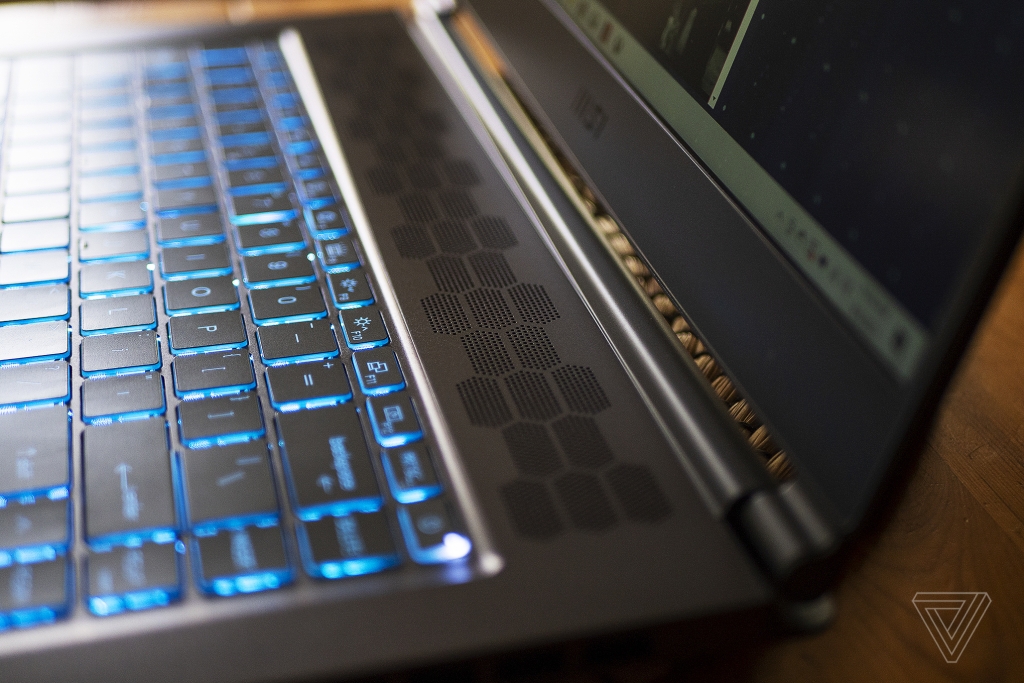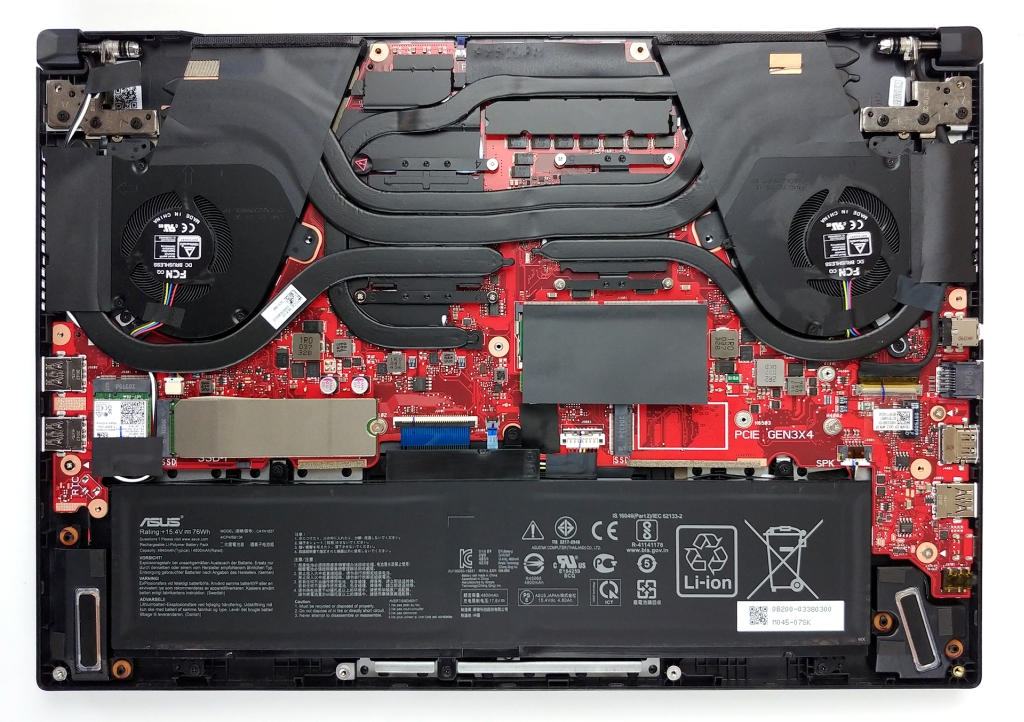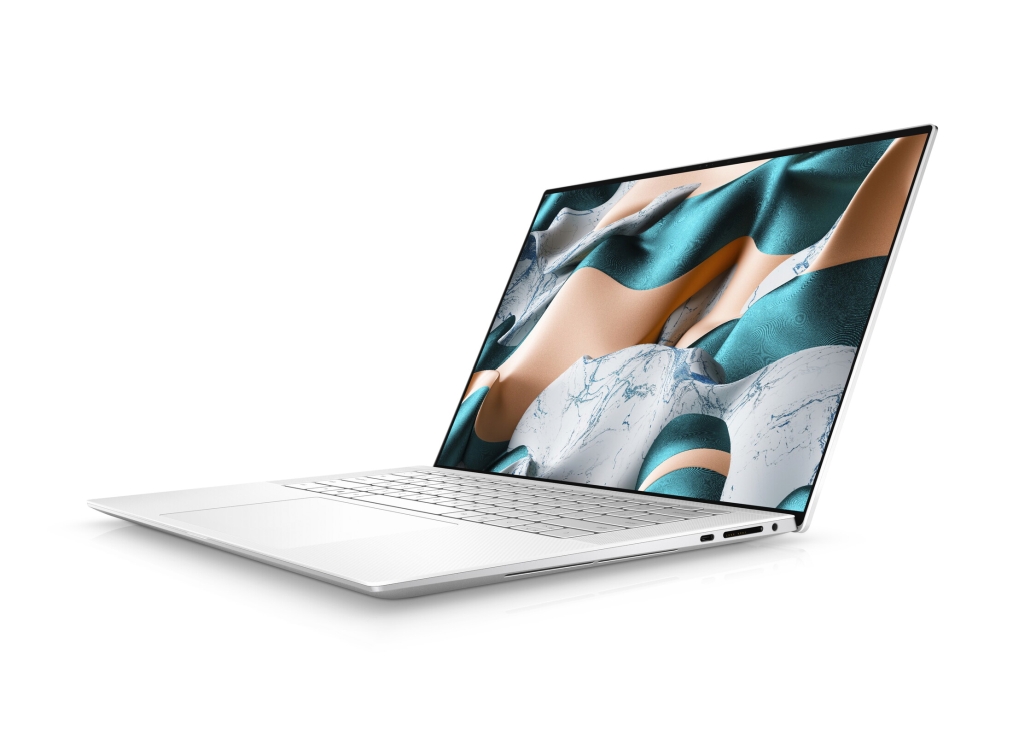In a world full of 15.6-inch laptops, there is a need to be able to tell the differences between them. When deciding on which laptop you may want to purchase, you will want to know how it stands up to the competition and whether or not it will fit your needs.
For those in the market for a large mainstream notebook, your choices may be a little limited. Not only are there a plethora of models around, but also the vast majority of them sport either non-touch 1080p panels or 4K displays.
If you’re looking for a desktop replacement laptop that boasts performance and features to go with its larger-than-standard size, consider the Dell Inspiron 15 7000 2-in-1 and the HP Pavilion 15 x360.
The Inspiron 15 7000 2-in-1 and the HP Pavilion 15 x360 with 11th Generation Intel Core i7 processors, are both 15.6-inch laptops with 360-degree hinges that let you switch between laptop and tablet modes.
Both systems also have 1920 x 1080-pixel resolution IPS displays and support for active stylus pen input. But while the HP Pavilion 15 x360 has a starting price of $1,349, the Dell Inspiron 15 7000 2-in-1 starts at $1, ASUS TUF Dash F15 and MSI Stealth 15M represent two of the biggest names in gaming laptop technology.
Both laptops are priced the same and use the latest 11th generation Intel Core i7 processors. Let’s see.
Processor

The MSI Stealth 15M has the advantage of a faster Intel Core i7-11375H processor. However, the ASUS TUF Dash F15 is based on an Intel Core i7-11370H processor.
Both were released at the same time and are based on the same architecture, same number of cores and threads, same cache size, same socket size and same TDP. They differ from each other only by the clock. The Intel Core i7-11375H is boosted to 5 GHz, while the 11370H only goes to 4.8 GHz.
Discrete graphics processor
In the Intel Core i7-11375H, a single core can run at 5 GHz, two cores at 4.9 GHz. When all cores are working, the chip can reach 4.3 GHz.
As for the Intel Core i7-11370H in Turbo Boost, one and two cores can run at 4.8 GHz (maximum frequency). When all cores are working, the chip can reach 4.3 GHz. This means that only single-core, single-threaded workloads can harness the true potential of the Intel Core i7-11375H.
Otherwise, both chips have similar performance and capabilities. Based on notebookcheck.net’s average benchmarks, which take the Intel Core i7-11375H as the base (100%), the Intel Core i7-11370H is 6% slower at 94%.
This gives the MSI Stealth 15M a distinct advantage. However, you can also buy the ASUS TUF Dash F15 with an Intel Core i7-11375H processor, in which case the comparison will be void.
Winner: MSI Stealth 15M ASUS TUF Dash F15 Search for ASUS TUF Dash F15 on Amazon
The next model is the ASUS TUF Dash F15 with NVIDIA GeForce RTX 3070 8GB. The MSI Stealth 15M is only equipped with an NVIDIA GeForce RTX 3060 6GB. According to UserBenchmark.com, the effective or actual speed of the RTX 3070 is 55% faster than the RTX 3060.
Even if we only take the averages, the RTX 3070 still wins by 53% thanks to better lighting, reflections, MRender and Gravity. However, it should be noted that the benchmarks were performed on desktop GPUs and not mobile GPUs.
Still, they shouldn’t be much different from each other. If we look at laptops based on GPU performance alone, this gives the ASUS TUF Dash F15 an advantage.
Additionally, you can use the ASUS ROG Boost feature to increase the frequency to 1390MHz at 80W for extra gaming performance. Winner: ASUS TUF Dash F15
Memory and storage

Now that the two main components CPU and GPU are out of the question, we concentrate on memory and storage.
In that regard, both laptops are on par, as they both come with a generous 16GB of RAM and a generous 512GB SSD. Both support up to 32GB of RAM and 1TB PCIe 3.0 Gen 4 M.2 NVMe SSDs. Winner: Signs
Show
The ASUS TUF Dash F15 features a 15.6-inch Full HD display with a high refresh rate of 144Hz. It uses Adaptive-Sync to provide a smoother gaming experience that matches the high frame rate the GPU is capable of.
The result is a smooth game, with no visible signs of cracking or blurring. The LCD screen uses IPS technology for the widest possible viewing angle.
The MSI Stealth 15M also has a 15.6-inch Full HD panel with the same 144Hz refresh rate. That’s enough to ensure that you never miss a thing on the screen and that what you see is smooth and fast with vibrant colors. Winner: Signs MSI Stealth 15M in white
Battery life

The MSI Stealth 15M has a claimed battery life of 9 hours, which is an hour more than the ASUS TUF Dash F15. This is more or less true when you consider that the TUF Dash F15 has a more powerful GeForce RTX 3070 GPU and thus consumes more power.
Both devices are powered by 4-cell batteries that will last all day unless you play games and charge up the graphics. In that case, take the AC adapter with you. Winner: MSI Stealth 15M
Communication
Both laptops are equipped with high-speed WiFi 6 and Bluetooth 5.1. The ASUS TUF Dash F15 goes a step further with a wired network connection – Gigabit Ethernet. In terms of physical ports, ASUS is once again leading the way with three USB 3.2 ports, an HDMI port and a Thunderbolt 4 port.
That’s one more USB 3.2 port than the MSI device. Both devices also have a 3.5mm audio jack. Winner: ASUS TUF Dash F15 MSI Stealth 15M right side profile MSI Stealth 15M left side profile
Webcam and memory card reader

Here it is the ASUS TUF Dash F15. There is no webcam or memory card slot, which is not very practical for those who want to use the system as a creative photo, video and graphics editing machine, or for professional purposes.
If you need to use your laptop for group chats and online meetings, you’ll need a separate webcam. On the other hand, the MSI Stealth 15 has a 720p HD webcam, a microphone and a microSD card reader. Winner: MSI Stealth 15M
Dimensions and weights
The ASUS TUF Gaming Dash F15 has an impressive height of 26mm and a total weight of 2kg. On the other hand, the MSI Stealth 15M weighs 1.69 kg with a slim case of less than 16 mm. Both systems are almost the same width – 358 mm (ASUS TUF Dash D15) and 360 mm (MSI Stealth 15M).
The biggest difference is in the depth. ASUS’ TUF is 14mm deeper at 262mm, while MSI’s Stealth 15M is only 248mm. So the MSI Stealth 15M is thinner, lighter and smaller, even though both laptops are 15.6 inches. Winner: MSI Stealth 15M MSI Stealth 15M Search for MSI Stealth 15M on Amazon
Associated companies

Bigger isn’t better when it comes to computers. There, we said it. Ultrabooks are about sleek portability, not about dropping multiple grand for a laptop that makes you feel like you’re carrying a sofa around.
That’s why we were intrigued by the Dell XPS 15 (2019) and Lenovo ThinkPad X1 Extreme, 15.6-inch laptops with the power of a 17-inch, but the footprint of a 13-inch. We wanted to see how these two big boys compared to one another.
Final thoughts
The ASUS TUF Dash F15 and MSI Stealth 15M reviewed here are moderately priced gaming laptops and will sell well. Although the ASUS processor is slightly slower, the RTX 3070 graphics card gives it an advantage over the MSI when it comes to gaming.
ASUS has some serious drawbacks, even though it has a performance advantage. These are the lack of a webcam, the lack of a microSD card, and a heavier construction.
This makes the MSI a more complete device. It has a built-in webcam, albeit only 720p, a built-in microSD card slot, and a thin, lightweight design that makes it portable despite its large screen.
It comes down to performance, portability and flexibility. Given the relatively small price difference, you should go for the ASUS TUF Dash F15 if you’re looking for pure gaming fun.
Choose the MSI Stealth 15 for gaming and work. In addition to its ultra-thin design, you’ll enjoy creative features like microSD video and photo transfer and video conferencing. ASUS TUF Dash F15 Aspect ASUS TUF Dash F15 case Comparative table of technical specifications

